Georgia
Georgia is a unitary state composed of municipalities (munits’ipaliteti) and self-governing cities (tvitmmartveli qalaqebi).
The country itself is a unitary parliamentary republic, with its government held accountable under a unicameral parliamentary system.
CEMR in Georgia – National Association of Local Authorities of Georgia (www.nala.ge).







Local governments
The municipal/city assembly (sakrebulo) is the local authority’s legislative deliberative body and is composed of members elected from single mandate constituencies using a party list system for a four-year term. This assembly oversees the activities of the municipal/city board and elects its chief executive officer. It also reviews and approves the local budget and local socio-economic development plans and can introduce taxes and fees as well as any other legally prescribed measures. The assembly can also set up committees such as the legal affairs committee, the social affairs committee and the finance and budget committee.
The chair of the municipal or city assembly (sakrebulos tavmjdomare), is elected by and from within the municipal or city assembly for a period of four years. The chair organises the work of the municipal or city assembly and approves council decisions.
The municipal/city executive branch is represented by a mayor, elected by direct universal suffrage with a 50% minimum threshold. The executive branch also comprises the heads of several structural and territorial units present in each local authority and implements decisions taken by the municipal or city council. The mayor is the supreme official head of the city/municipality.
The capital city of Tbilisi exercises additional competences delegated by central government agencies, including military recruitment, emergency response and state of emergency, environment and legalisation of property. Tbilisi fulfils also broader functions as well, such as the organisation of local business support programmes and social protection. The capital has its own municipal cabinet, headed by the mayor, which also comprises the vice-mayor, two deputies and the heads of the sectoral departments, inter alia, transport, social affairs and architecture. Each department has its own head and staff.
The city of Tbilisi is divided into ten administrative districts. Each district has its own executive branch headed by a chief executive officer appointed by the mayor and confirmed by the city assembly.
The remaining local government units in Georgia have limited delegated powers, which extend mainly to military procurement and sanitation. The tasks are delegated by specific ministries through legal decisions or agreemenst between the relevant ministry and a given municipality.
-
- Municipal property
- Municipal service provision
- Land, water and forest resource management
- Municipal budget
- Local taxes
- Waste management
- Spatial planning
- Pre-school education
- Public transport
- Socio-economic development Infrastructure development
- Sport development
- Youth development
- Improvement services






Regional governments
The Autonomous Region of Adjara is governed by an autonomous government nominated by a supreme council. The Adjara A.R. has full competence in areas such as finance and economy, healthcare, agriculture and education. There are also nine deconcentrated administrative regions: they are managed by state trustees appointed by the prime minister.
Two autonomous Georgian regions Abkhazia and South Ossetia are located within the country’s internationally recognised borders. Under Georgian law, they are territories occupied by the Russian Federation.
